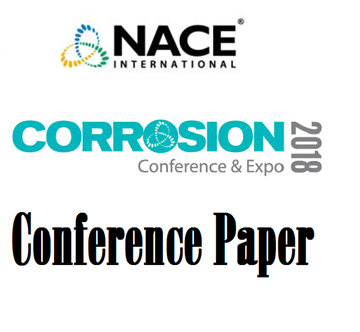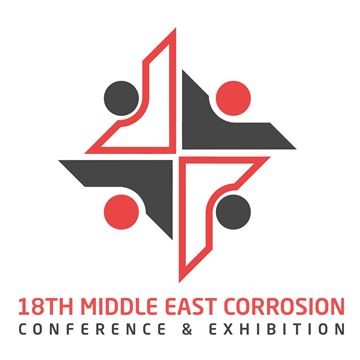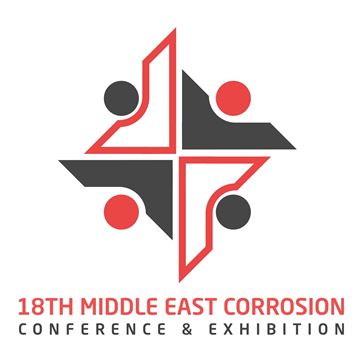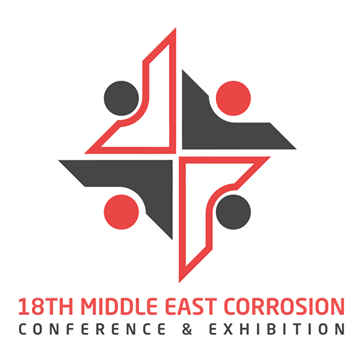Search
Products tagged with 'mic'
View as
Sort by
Display
per page
Diagnosis of Internal Corrosion in Pipelines Based on Mapping Adverse Operational Conditions
Product Number:
51319-13250-SG
Publication Date:
2019
$20.00
Effect Of Antimicrobial Halophilic Plant Extracts On Microbiologically Influenced Corrosion (MIC)
Product Number:
51322-18089-SG
Publication Date:
2022
$20.00
Evaluation of A Rapid Solution For SRB Monitoring In Industrial Water System
Product Number:
51322-17554-SG
Publication Date:
2022
$20.00
Failure Analysis Of Hydrotested 12-Inch Type 304 SS Pipe Sections
Product Number:
51322-17852-SG
Publication Date:
2022
$20.00
Failure of 24” Common Crude Piping and Formation of Iron Sulfides Due to the Influence of Sulfate & Iron Reducing Bacteria and Methanogens
Product Number:
51322-17545-SG
Publication Date:
2022
$20.00
Impact of Novel Sulphidogenesis-Inhibitory Chemistries on Souring and MIC
Product Number:
51318-11183-SG
Publication Date:
2018
$20.00
Internal Corrosion Risk Assessment for Crude Pipeline-D - A Case Study
Product Number:
MECC23-19965-SG
Publication Date:
2023
$20.00
Investigation of Microbial Sources in Corrosion of Crude Pipelines and Processing Facilities
Product Number:
MECC23-19973-SG
Publication Date:
2023
$20.00
Laboratory and Modeling Insights into Biocorrosion under Simulated Oil and Gas Conditions
Product Number:
MECC23-19954-SG
Publication Date:
2023
$20.00
MIC Impact on Mechanical Property Degradation of X80 Pipeline Steel by A Sulfate Reducing Bacterium
Product Number:
51321-16274-SG
Publication Date:
2021
$20.00
Microbial and Compositional Analyses of Crude Pipeline Samples
Product Number:
MECC23-20101-SG
Publication Date:
2023
$20.00
Microbial Corrosion Diagnosis Using Molecular Microbiology Methods: Case Studies
Product Number:
MPWT19-14427
Publication Date:
2019
$0.00












